This post may contain affiliate links. Please read my privacy policy.
Cotton soft, light, fluffy and the best Japanese cheesecake. This is a tried and tested Japanese cheesecake recipe. A must-bake for cheesecake lovers!
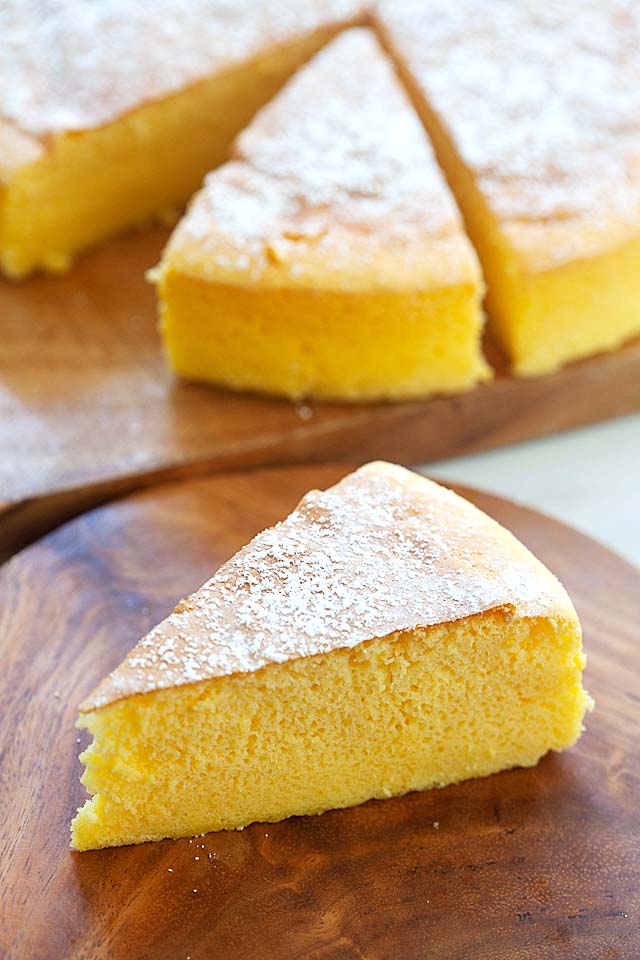
Japanese Cheesecake Recipe
Japanese cheesecake is very different from regular cheesecake.
It is cotton soft, light, fluffy and the one of the best cheesecakes I have ever tasted.
Japanese cotton cheesecake is also jiggly, due to the meringue egg white mixture in the recipe.
Make this and I will guarantee that you will never go back to regular cheesecake again!
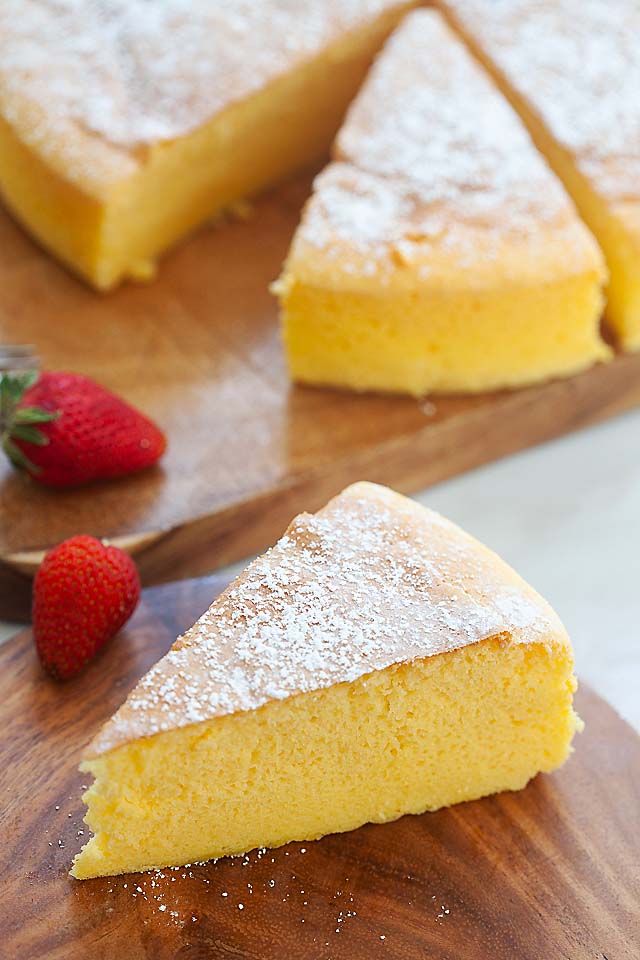
Ingredients
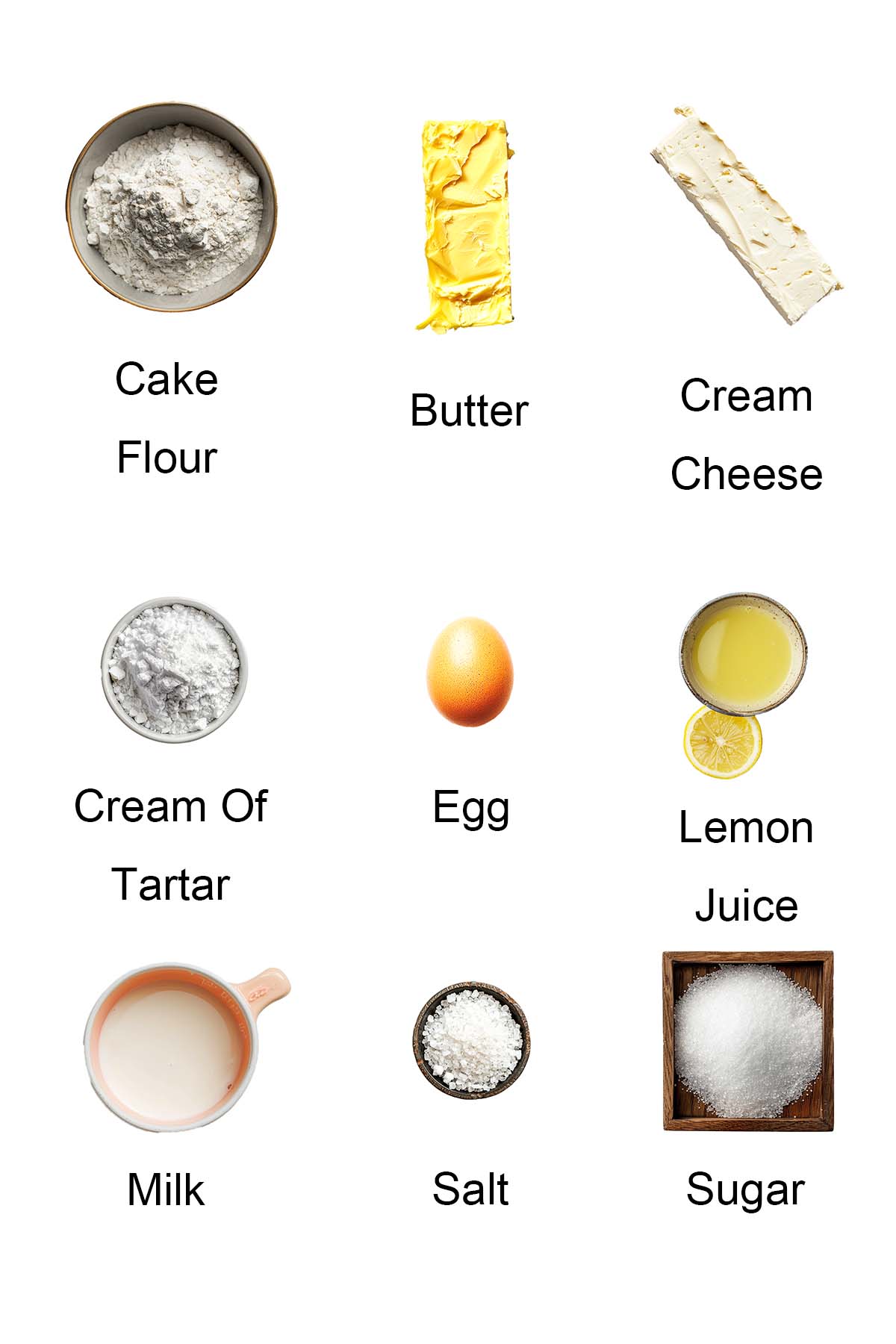
- Cream cheese
- Butter – use a good quality butter for the best results. In the United States, I always buy Challenge butter.
- Milk
- Cake flour – this lower gluten flour is idea for the cotton soft, spongy and airy texture.
- Corn starch
- Eggs
- Sugar
- Cream of Tartar – this is the secret ingredient that stabilizes the tiny bubbles in the egg white meringue. It prevents the egg proteins from sticking together, hence holding the bubbles together for the jiggly and spongy texture of this cheesecake.
- Lemon juice
Please take note that there is no baking soda or baking powder in the ingredients list as the meringue mixture will ensure that the cake rise tall.
See the recipe card for full information on ingredients.
How To Make Japanese Cheesecake
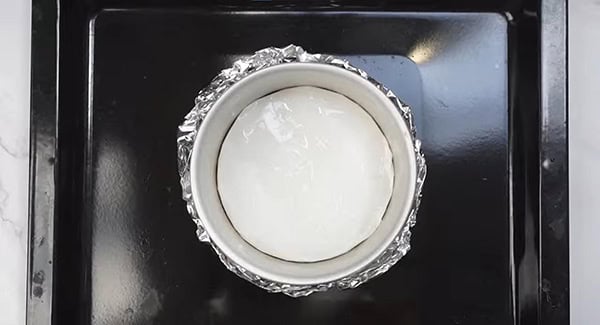
Step 1: Preheat oven to at 325°F (160°C). Prepare and measure all the ingredients and set out on your working area. I used a 9-inch springform pan. Grease the entire pan and line the bottom part with parchment paper. Please refer to notes if you use other pan.
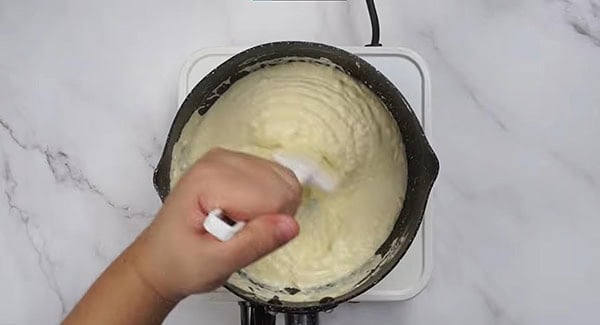
Step 2: On a stove top, melt cream cheese, butter and full milk on low heat. Use a whisk to mix well until the cream cheese melts completely without lumps. Remove from heat.
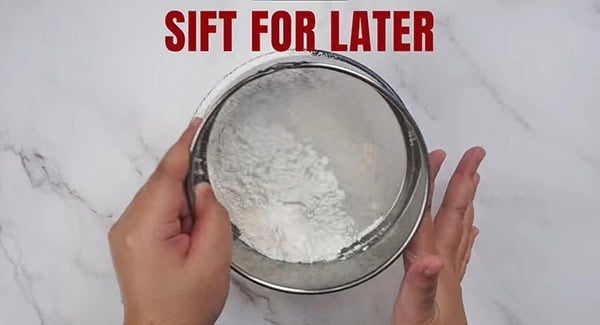
Step 3: Sift the cake flour and corn starch.
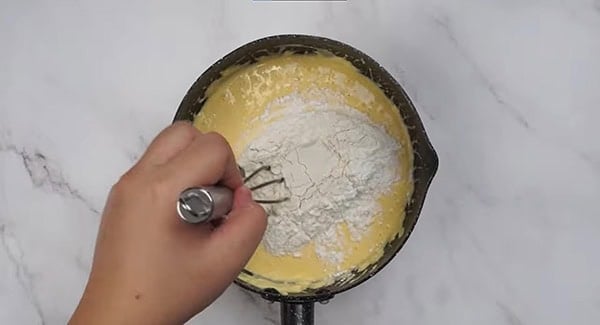
Step 4: Add egg yolks, lemon juice and salt to the cream cheese mixture. Whisk to combine well. Add the cake flour and corn starch, whisk until a smooth batter forms and there is no lump.

Step 5: Make the meringue by whisking egg whites, sugar and cream of tartar until light, foamy and soft peaks form. You can beat with a stand mixer or electronic hand mixer. I used speed 4 and beat for 1-2 minutes or until soft peaks form. DO NOT over beat.
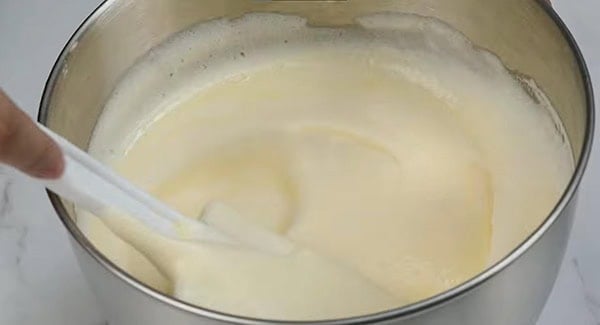
Step 6: Add the cream cheese mixture gently into the meringue, FOLD GENTLY until well incorporated.
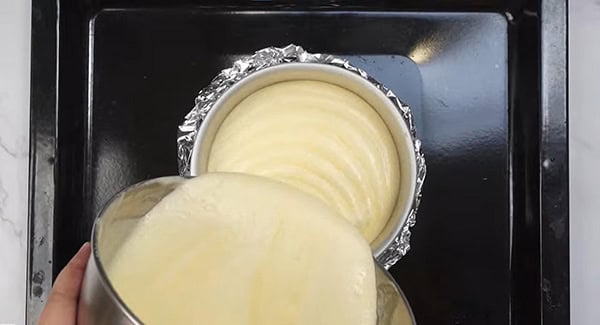
Step 7: Pour the mixture into the springform pan. Tap the cake pan gently before baking.
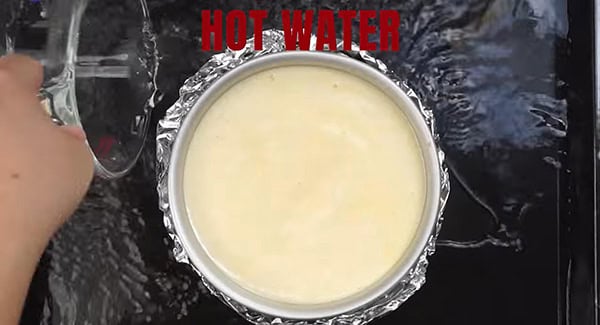
Step 8: Bake the cake using hot water bath. Place the cake pan in a larger pan and add 1 inch (2.5cm) of hot water in the larger pan. Bake at the bottom shelf of the oven for 1 hour 10 minutes.
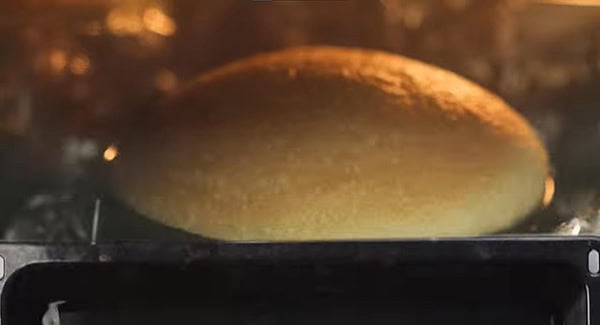
Step 9: Leave the Japanese cheesecake to cool down in the oven with the oven door open, about 30 minutes. This will prevent sudden change of temperature that may cause the cake to shrink. However, it’s normal that the cake will shrink about 1/2 – 1 inch (1cm-2.5cm) after cooling.
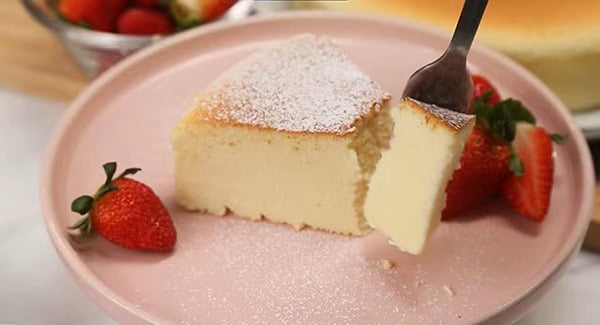
Step 10: Refrigerate the cake (with or without the cake tin) for at least 4 hours or overnight. Top the cake with powdered sugar before serving.
Baking Tips
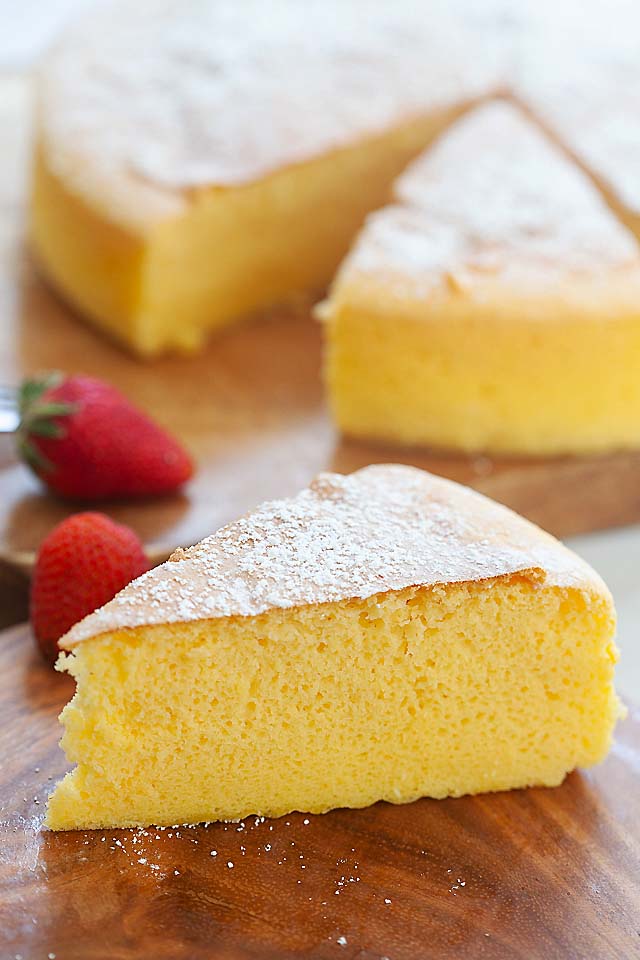
Even though DIY and homemade Japanese cheesecake is relatively easy, there are potential troubles when the cake turns out less than perfect.
For the best, jiggly and perfect result just like Uncle Tetsu, here are the tips and tricks:
- Make sure you have a smooth cream cheese mixture that is not lumpy.
- Use room temperature eggs to ensure that the meringue has the maximum volume.
- Make sure your egg whites are beaten until soft peaks form. Dot not over beat, we don’t want stiff peaks.
- DO NOT OVER MIX the meringue with the cream cheese batter. Fold very gently, do not stir or blend as the bubbles in the meringue will disappear.
- To avoid the sudden drop in oven temperature and room temperature, leave the cake in the oven with the oven door open. This will make sure that the cake doesn’t lose volume and sink.
- To avoid cracking at the top, please make sure you use a water bath for baking. The steam from the water will circulate in the oven, hence minimizing cracking at the top.
- To avoid over browning, bake the cake at the bottom part of your oven.
- Before you start baking, make sure you have all the ingredients measured up and ready. This is very important because every step has to be very precise.
Frequently Asked Questions
You can keep it in the refrigerator for a couple of days.
You shouldn’t have to worry about the leftover because this is the best cheesecake ever, and I can assure you that you won’t have anything left to keep for more than a day!
Other than springform pan and round cake tin, you can also use a 8×8-inch or 9×9-inch square pan. You can also make them into cupcakes by using cupcake tins.
Yes, you sure can. You may add 1 – 2 tablespoons of matcha powder in the cream cheese mixture if you like.
Japanese cheesecake has the lowest calories of all cheesecake. Each slice is only 214 calories.
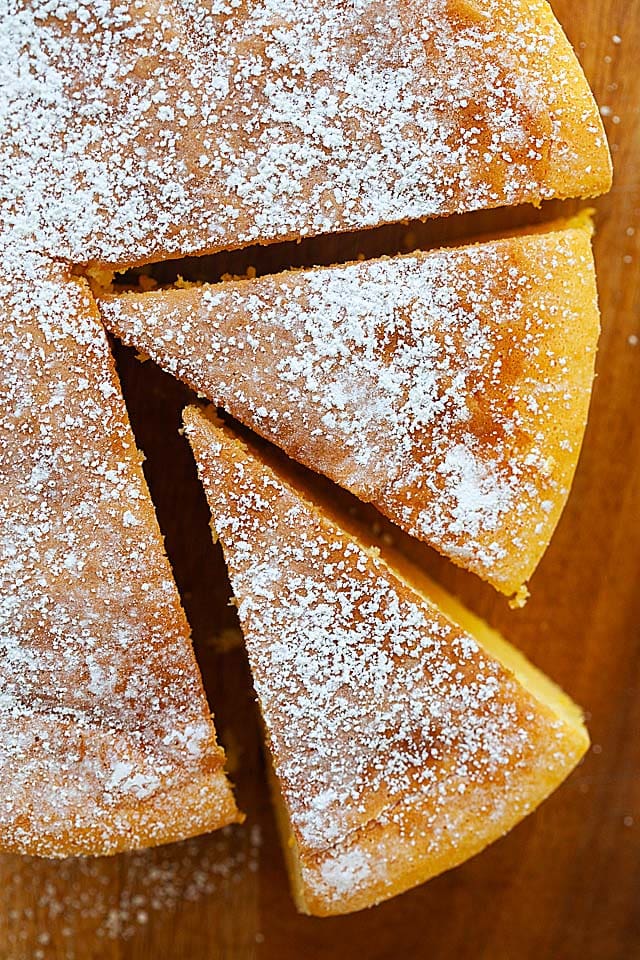
What To Serve With This Recipe
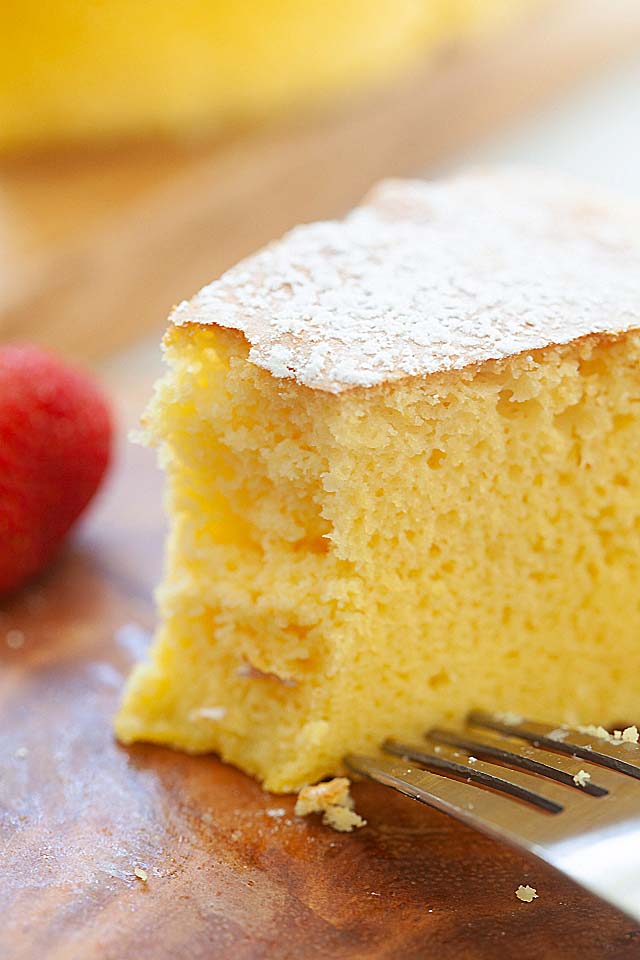
Japanese cheesecake is best served on its own, with your favorite cup of tea or coffee. For an afternoon tea, make the following desserts to go with it.
I hope you enjoy this post as much as I do. If you try my recipe, please leave a comment and consider giving it a 5-star rating. For more easy and delicious recipes, explore my Recipe Index, and stay updated by subscribing to my newsletter and following me on Facebook, Pinterest, and Instagram for new updates.
Other Recipes You Might Like
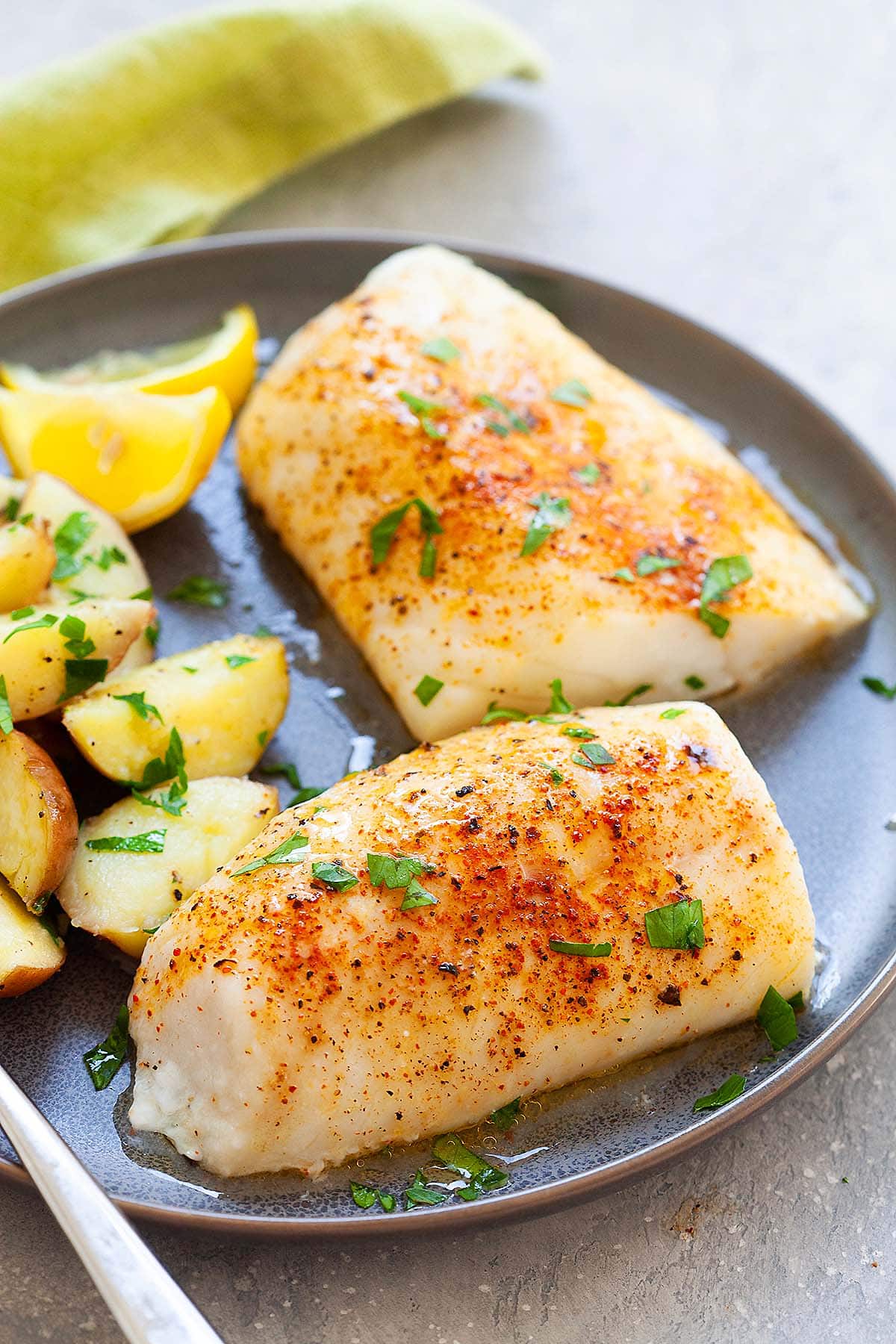
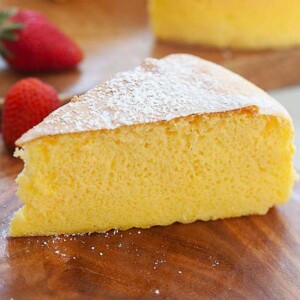
Japanese Cheesecake (Fail Proof Recipe)
Ingredients
- 8 oz (230g) Philadelphia cream cheese
- 2 oz (60g) unsalted butter
- 100 ml full milk
- 2 oz (60g) cake flour
- 1 oz (30g) cornstarch
- 6 egg yolks, room temperature
- 1/2 tablespoon lemon juice
- 1/4 tsp salt
- 6 egg whites, room temperature
- 1/4 teaspoon cream of tartar
- 5 oz (140g) fine granulated sugar
Instructions
- Preheat oven to at 325°F (160°C). Prepare and measure all the ingredients and set out on your working area. I used a 9-inch springform pan. Grease the entire pan and line the bottom part with parchment paper. Please refer to notes if you use other pan.
- On a stove top, melt cream cheese, butter and full milk on low heat. Use a whisk to mix well until the cream cheese melts completely without lumps. Remove from heat.
- Sift the cake flour and corn starch.
- Add egg yolks, lemon juice and salt to the cream cheese mixture. Whisk to combine well. Add the cake flour and corn starch, whisk until a smooth batter forms and there is no lump.
- Make the meringue by whisking egg whites, sugar and cream of tartar until light, foamy and soft peaks form. You can beat with a stand mixer or electronic hand mixer. I used speed 4 and beat for 1-2 minutes or until soft peaks form. DO NOT over beat.
- Add the cream cheese mixture gently into the meringue, FOLD GENTLY until well incorporated.
- Pour the mixture into the springform pan. Tap the cake pan gently before baking.
- Bake the cake using hot water bath. Place the cake pan in a larger pan and add 1 inch (2.5cm) of hot water in the larger pan. Bake at the bottom shelf of the oven for 1 hour 10 minutes.
- Leave the Japanese cheesecake to cool down in the oven with the oven door open, about 30 minutes. This will prevent sudden change of temperature that may cause the cake to shrink. However, it's normal that the cake will shrink about 1/2 – 1 inch (1cm-2.5cm) after cooling.
- Refrigerate the cake (with or without the cake tin) for at least 4 hours or overnight. Top the cake with powdered sugar before serving.
Video
Notes
- If you use a springform pan or loose base cake tin, make sure it’s closed tight. It’s best to wrap the base of your pan with 2 layers of aluminum foil (outside of the pan) to prevent the water bath from seeping inside the bottom part of the cake.
- If you use a 8″ round pan, it is very important to line the sides of the 8″ pan with parchment paper, make sure the parchment paper extends higher than the cake tin by about 1.5″.
- If you use a 9″ pan, you can line the bottom part and not the sides. You may line the entire pan with parchment paper, if you like.
- You can also use an 8-inch or 9-inch square pan.
- If the cake shrinks too much, the main reason is over mixing the egg white mixture with the cream cheese mixture.
- Beat the egg whites until soft peaks form, FOLD VERY GENTLY using a flipping motion.
- Do not stir or blend vigorously.
Nutrition
Nutrition information is automatically calculated, so should only be used as an approximation.
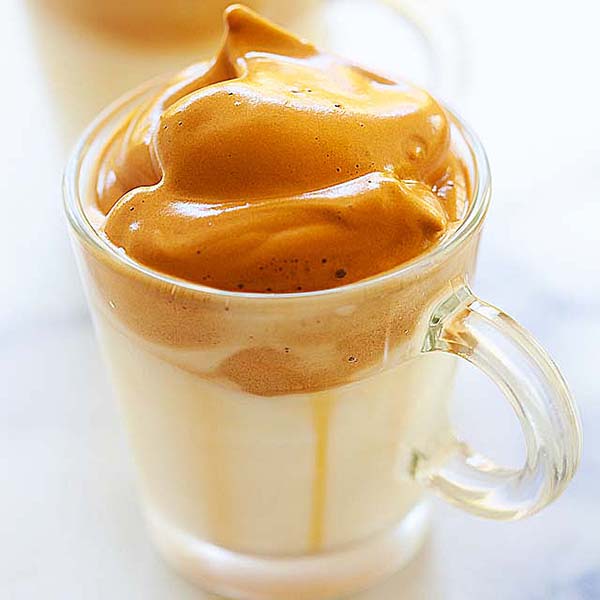
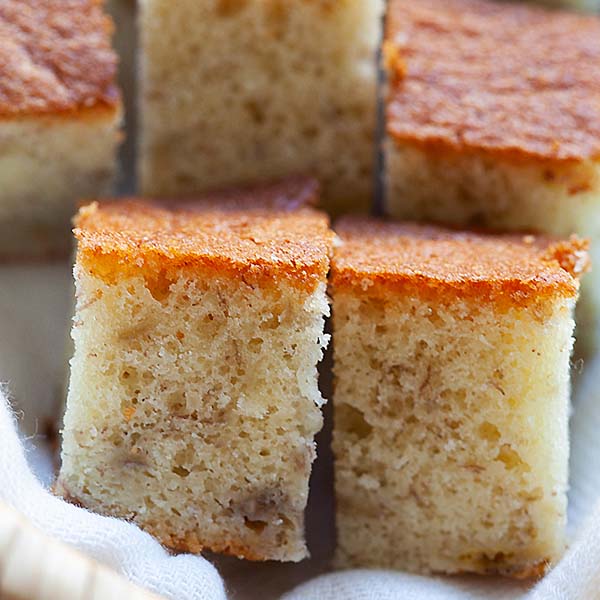
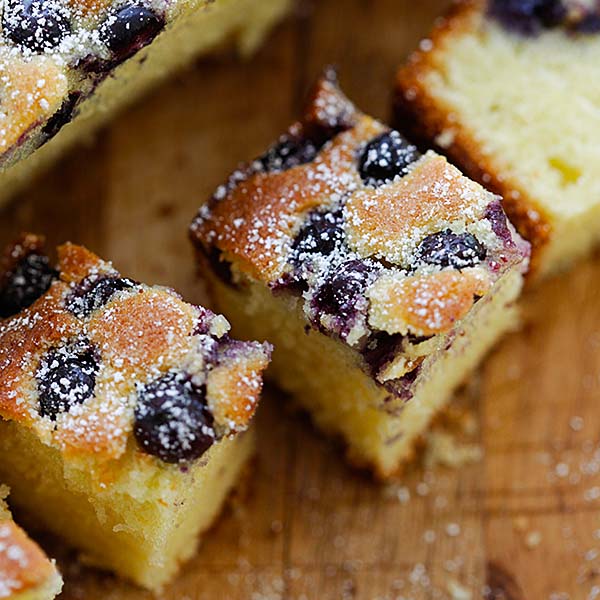
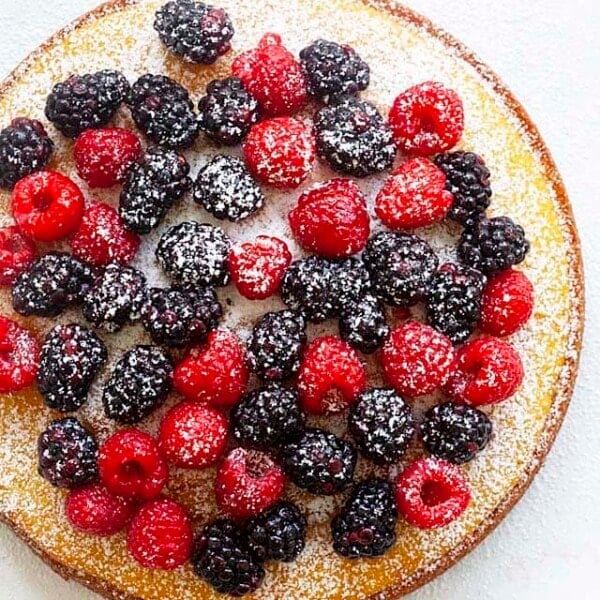






This is amazing!! and as Brenda said when she baked it we also added a raspberry sauce to go with the finished cake. It added a splash of colour and a tasty zing alongside the creamy sweet cake and, you DEFFO HAVE TO REFRIGERATE over night, alas its not the kind of thing you can eat straight away, no matter how delicious it looks.
Thanks for your input.
I made this twice, followed the directions exactly.
First attempt was a total fail as I did everything per directions and the cheese mixture cooked the egg yolks and the cake was gross.
Second attempt I melted the cream cheese and butter then added milk. I waited for that mixture to cool before adding the egg yolks and flour, had success this way.
I measured everything exactly on a scale.
*****This cake is definitely not for new bakers and not as easy as some stated as it requires experience for this to come out correctly.
I made a homemade strawberry sauce to go with finished cake which made the cake better.
Nice cake.
What would be a good way to add a fruit flavor to this? My friends and I, at an Anime Convention, got to try a strawberry Japanese cheesecake, and it looked very similar to this, but with strawberry flavor!
I cannot remember if there were actual strawberries made into the mix or what, but would love to try this with fruit! Of course I’ll first make this recipe regular, then perhaps can figure out how to add fruit.. After I can get all the required cooking pans and such! :)
I tried the recipe last night, and it came out great! It wasn’t as visually perfect as yours, but it’s ok. I wish I could share the pic.
Thank you for sharing.
Nailed it in my first attempt. Great taste & melt in mouth..
Thanks a lot
Nailed it in my first attempt. Tasted yumm with melt in mouth texture. Thanks a lot.
I’m new to baking.. Can anybody with experience PLEASE answer my question?? I got a small oven (19 liters) to be exact.. I’ve tried baking this cotton type of cake and it didn’t rise up so nice but it’s still edible.. My question is, does small oven suit baking this kind od cake? I’ve tried so many of the egg folding and maringue techniques but still fail to get the “picture” result..
I really love the idea of this. I’ve tried this recipe twice now. I used a springform tin the first time and wrapped it with foil but I think I might have got some water seepage.
The second time, I went and bought a 9″ tin with a fixed base.
I had 2 problems.
1. It sunk badly once cooled. I’m 99% sure that I didn’t get the meringue stiff enough. Another 30 seconds mixing and it probably would have been better. It wasn’t bad. It was just the dome on top that went flat.
2. The bottom inch or so was very dense. More like a very thick pancake. The inch and a half was perfect though. Light as a feather, full of air and really tasty.
So, any idea why this happened? It’s like being in the water bath stopped the bottom rising. The thickness of the bit that went wrong matched the depth of the water exactly.
The other thing I wonder is whether I didn’t fold the meringue in enough. It looked right but could it be that the yolk/cheese/milk mix sunk to the bottom and the meringue floated to the top?
I’d love to nail this so any advice would be appreciated!
Since I haven’t tried this recipe, I don’t know if the following suggestion will work. I can’t see where it wouldn’t as I’ve used it as per directions in a butter cream frosting recipe. Tale the whites and the sugar and heat them up to about 160 – 170 degrees F. This will help dissolve the sugar in the egg whites and also pasteurize them. Be sure to do this with a double boiler and do not let the top pan cone in contact with the water or you’ll need to start over.
Hi,
I am on a quest to make the perfect Japanese cheesecake. I have tried three recipes including yours in the last two weeks. I think the consistency of the meringue and the amount of folding are the critical success factors. When I followed your recipe to the T, the cheesecake came out in two layers–top of lighter and has a lot of holes, and bottom is dense but smooth. Do you know what I have to tune to get the perfect cheesecake?
Another question I have is, do I have to sit the pan in the water bath, or can I use a steaming rack and sit the springform pan on top of it?
Thanks,